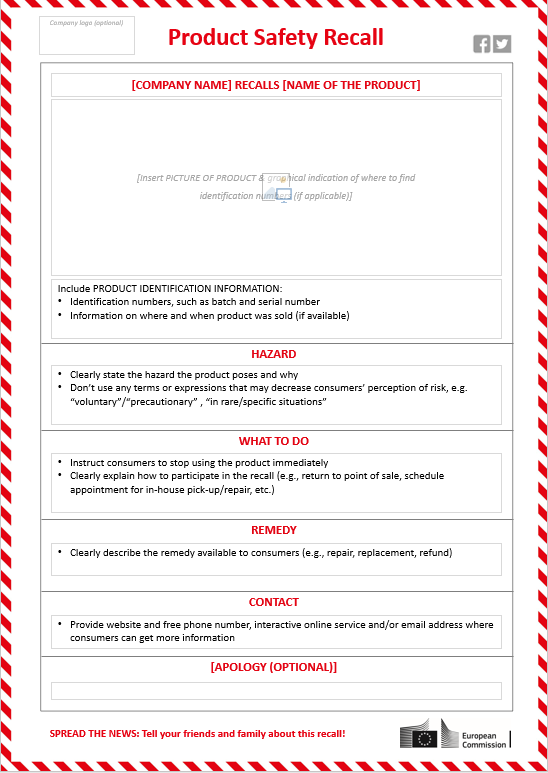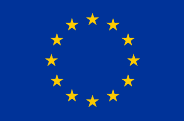
Safe non-food consumer Products in the EU and China
A recall is any measure aimed at achieving the return of a dangerous product that is already in the hands of consumers or other end users. Recalls may be undertaken directly by economic operators on a voluntary basis (often as a result of guidance and suggestions provided by a market surveillance authority) or as a “mandatory recall” ordered by the authority. Other corrective actions can also be taken by economic operators or ordered by authorities, including:
Being prepared is key to be able to act swiftly and effectively when a recall becomes necessary so businesses should have in place a written recall strategy. An important element of the strategy is to establish an action plan.
Implementing a recall will require the economic operator to go through the following steps:
A recall can only prevent harm if consumers return, or at least stop using, the dangerous product. Therefore, effective recall communication is of vital importance.
Channels for recall communication
Many consumers are simply not aware that they own a dangerous product, so the very prerequisite for taking action is not met. To help reach as many consumers affected by a recall as possible:
Content and format of a recall notice
Recall notices should encourage consumers to take action, and therefore need to be clear and inspire an appropriate level of urgency. A good recall notice (available here):

You may also visit the SPEAC ACADEMY to learn more about the EU Safety requirements.
The provided information was updated in 2022. Please note that some of the provided information could change during possible subsequent revisions of legislation, standards, and guidance documents. For any updates of official information on the EU product safety rules, please follow the Link to the webpage of the European Commission.
This document was produced with the financial support of the European Union. Its contents are the sole responsibility of SPEAC project and do not necessarily reflect the views of the European Union.

This website was created and maintained with the financial support of the European Union. Its contents are the sole responsibility of SPEAC project and do not necessarily reflect the views of the European Union.